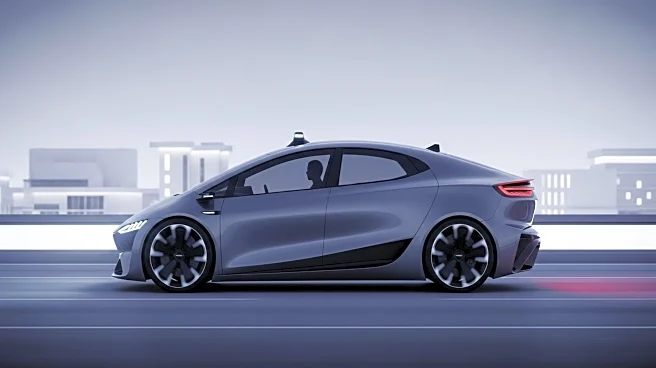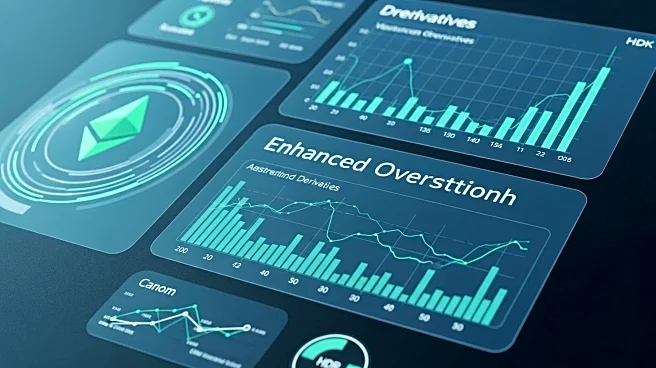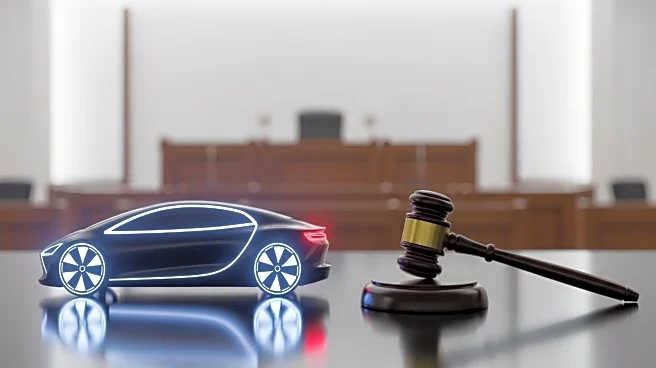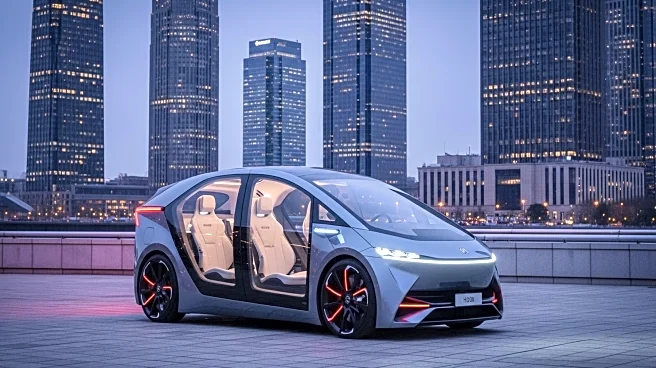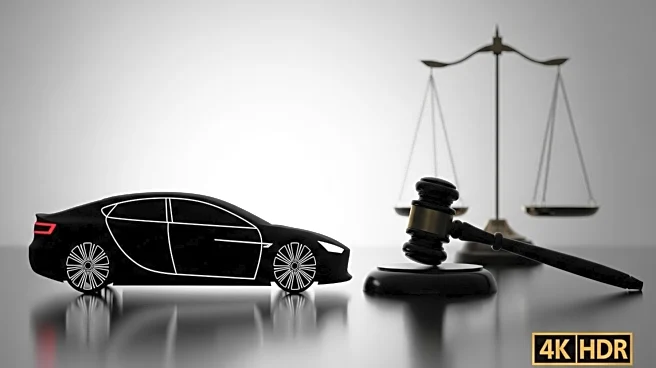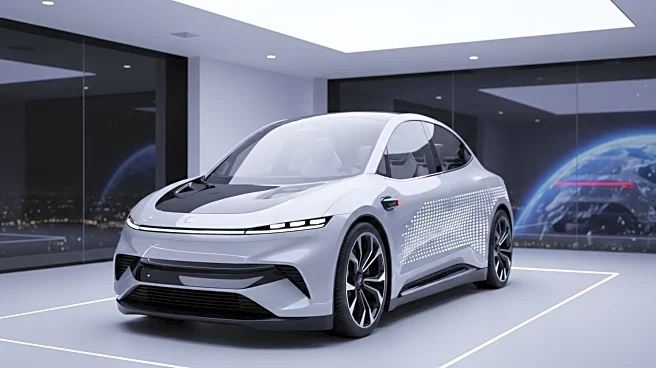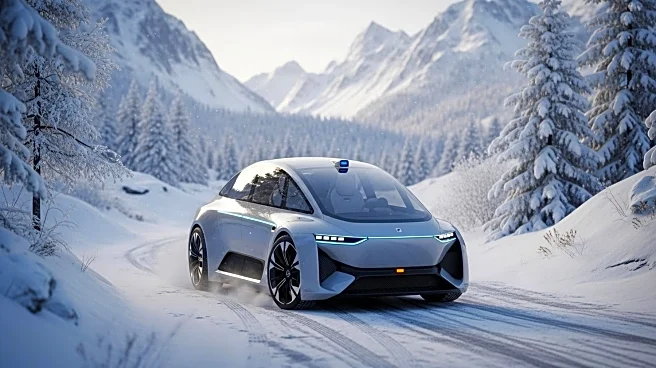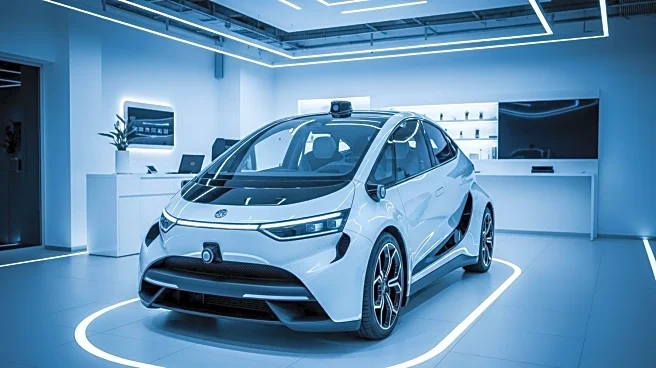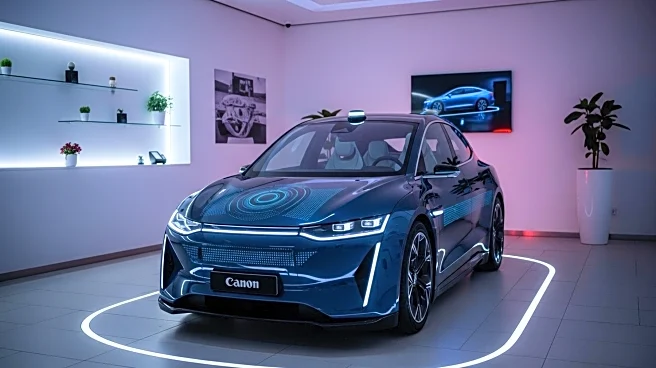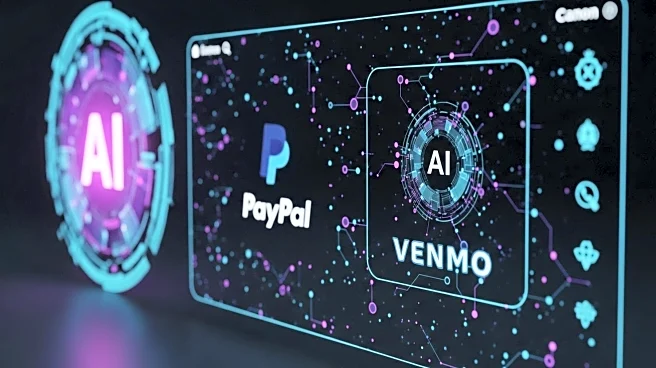What's Happening?
The advent of self-driving vehicles is poised to impact auto insurance rates in the U.S. The Insurance Information Institute suggests that autonomous technology could reduce accident frequency and severity, potentially lowering premiums. Currently, driverless robotaxis operate in five U.S. cities, and many new vehicles feature partial automation technologies. However, fully autonomous cars are not yet available to consumers, and widespread adoption may take decades. Research indicates that automatic emergency braking can significantly reduce rear-end crashes, but concerns remain about the safety of partially automated systems.
Why It's Important?
The integration of self-driving technology into the automotive industry could transform insurance models and reduce costs for consumers. As autonomous vehicles become more prevalent, the shift from personal to commercial insurance policies may alter the landscape of liability and claims. This transition could benefit consumers by decreasing the frequency of costly claims and stabilizing insurance premiums. However, the slow adoption rate and regulatory challenges may delay these benefits, requiring ongoing collaboration between insurers, regulators, and technology developers.
What's Next?
The future of auto insurance will likely involve adapting to new technologies and regulatory frameworks. As more data becomes available on the safety and reliability of autonomous vehicles, insurance companies may adjust their pricing models accordingly. State-level regulations will play a crucial role in shaping the insurance landscape, and ongoing partnerships between insurers and regulators will be essential to support innovation. Consumers may need to wait for more widespread adoption and proven safety benefits before experiencing significant changes in insurance costs.
